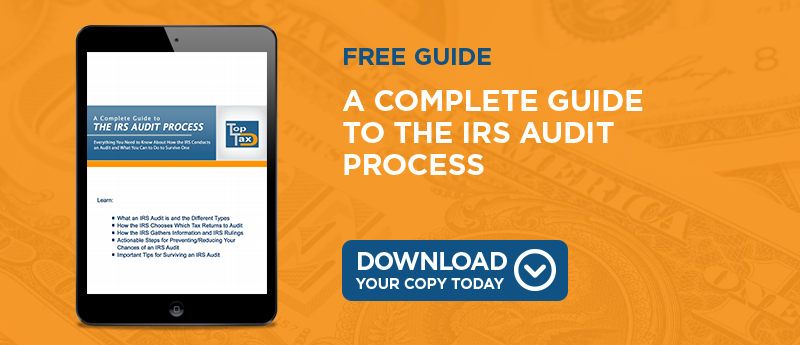
Estimated taxes are often described as a bit of headache for American taxpayers. However, most individual taxpayers are not required to remit these taxes during the year. The IRS does, though, require some entities and individuals to submit estimated taxes if they meet certain conditions. If you are wondering whether you will have to pay estimated taxes to the IRS, here is an overview of those qualifications and a review of how to remit the taxes due, if necessary.
What are Estimated Taxes?
Estimated taxes are exactly what they sound like - estimations of how much tax you will owe at the end of the year. Instead of paying these taxes by the usual filing deadline of April 15, though, taxpayers are required to split the total tax into installments and remit one installment at the end of each quarter.
Figuring out how much estimated tax to send is also fairly easy. As a general rule, the IRS recommends that taxpayers submit at least 90 percent of the tax they owed for the previous year, particularly if their income will be about the same. That way, you can be sure that you're close to the final sum without sending in too much.
How Can You Tell if You Must Pay Estimated Taxes?
Typically, individual taxpayers whose only source of income is earned wages do not have to pay estimated taxes. Corporations, partnerships, and small business owners are required to submit estimated taxes if they expect to owe at least $1,000 in tax at the end of the year. In some cases, individuals who receive income that is not subject to tax withholding such as interest and dividends may also be required to submit estimated tax payments.
How to Remit Your Estimated Taxes
It's simple to send in your estimated taxes. All you'll have to do is complete IRS Form 1040-ES, which is a voucher that asks you to enter your name, address, Social Security number, and the amount you're sending. Then you'll enclose a money order or a check for the tax installment and send it to the address on the voucher.
What if you need help figuring out how much estimated tax to send? Attached to Form 1040-ES is a worksheet that will walk you through your current figures so you can calculate about how much tax you can expect to owe. Remember to divide the total into four payments and then send one at a time.
Will you have to pay estimated taxes to the IRS? The answer depends on your specific tax situation and whether you own or operate a business. If you do, you can rest assured that you're following the tax code as long as you send in your four quarterly payments on time each year.




